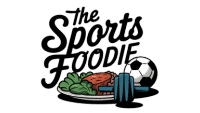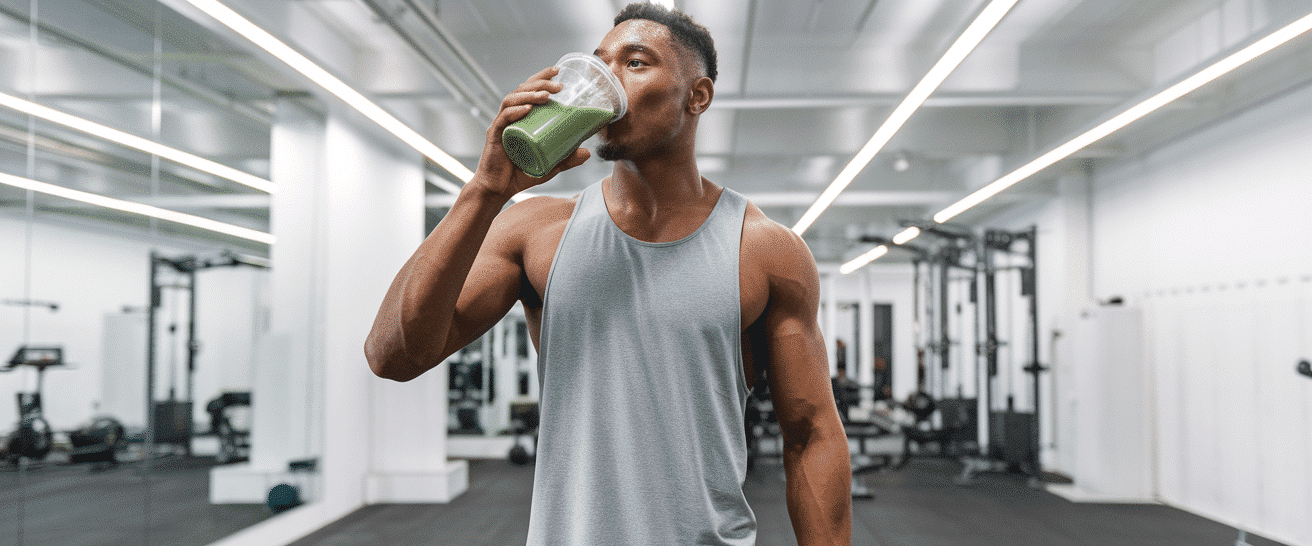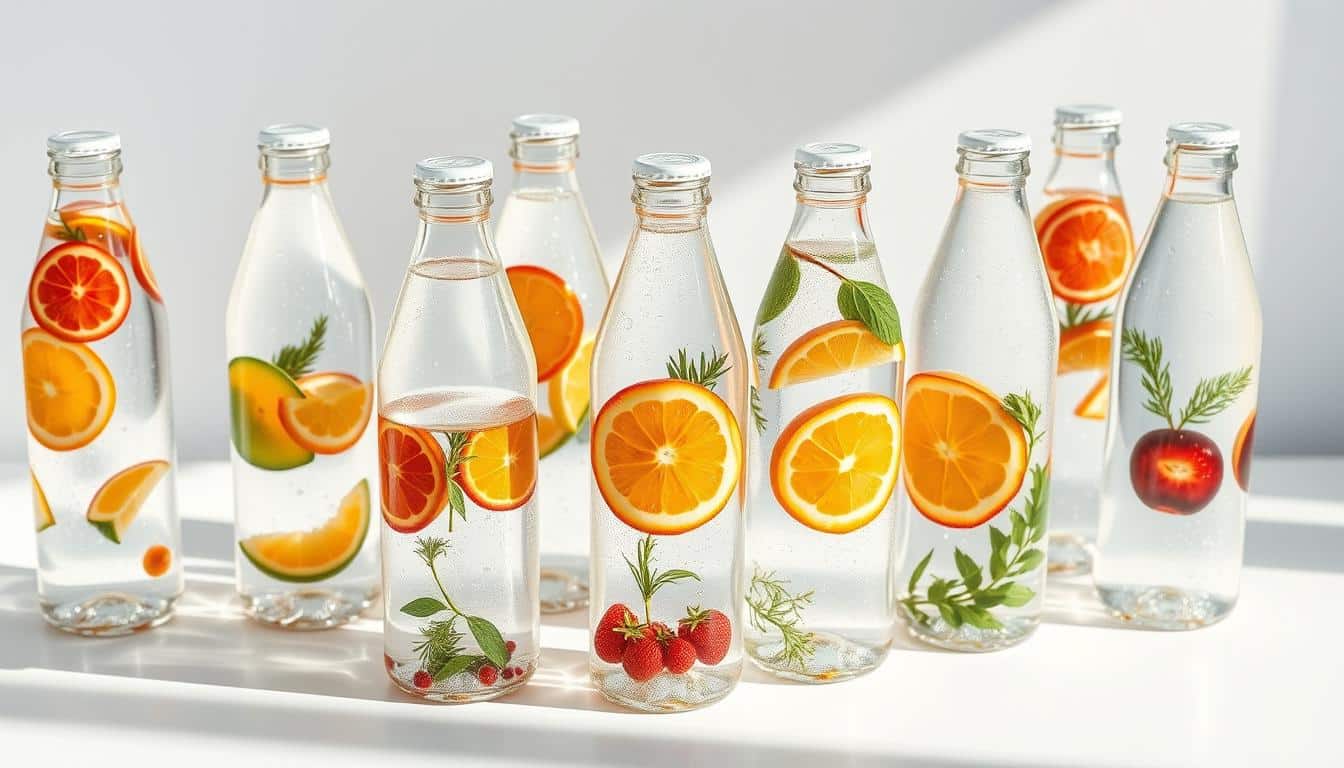Did you know 75% of active individuals don’t hydrate properly during workouts? That’s like running a car on empty. Staying fueled matters more than you think—especially when every drop impacts your performance.
The sports drink aisle isn’t just colorful bottles anymore. Powders, tablets, and enhanced liquids now promise better energy and recovery. But how do you pick what actually works without falling for marketing tricks?
We’ve tested dozens of options so you don’t have to. This guide cuts through the noise. You’ll learn which products deliver real results and which ones just taste good. We’ll also show how to match your needs—whether you’re lifting weights or logging miles.
Hydration isn’t one-size-fits-all. Your body loses electrolytes differently than someone else’s. That’s why we break down what to look for based on activity type, intensity, and personal goals. No jargon, just clear advice.
By the end, you’ll know how to choose smartly—and even make your own infused drinks at home. Let’s turn hydration from a chore into your secret weapon.
Overview of Flavored Water for Athletes
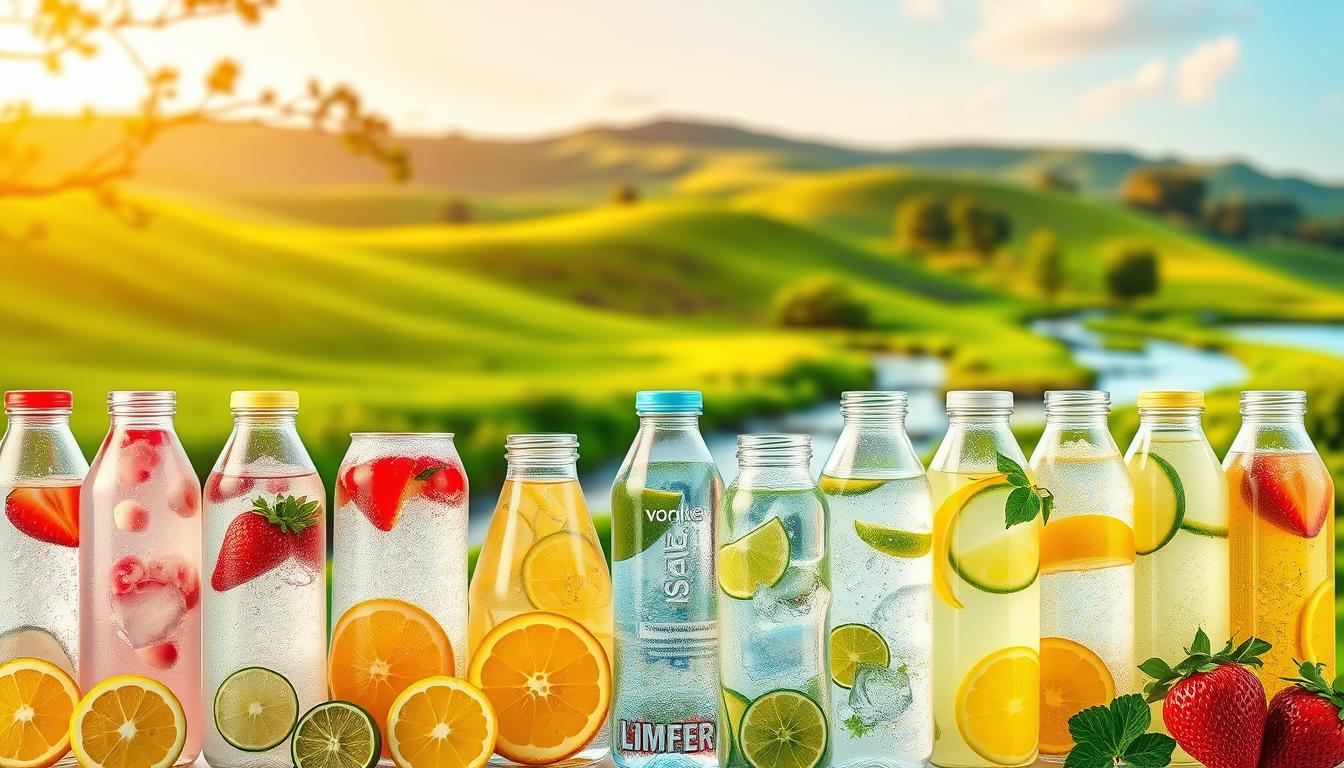
When you grab a drink mid-workout, do you know what’s really fueling your body? The sports drink aisle bursts with colorful labels claiming to boost energy or replenish nutrients. But many options prioritize taste over science, using sugar spikes to create a temporary sense of vitality.
Today’s market offers everything from fruit-infused drops to electrolyte-packed tablets. Companies market these products as essential tools for peak performance. However, most focus on convenience rather than proven hydration benefits. The truth? Many are just cleverly packaged sugar water.
| Drink Type | Primary Focus | Best For | Sugar Content |
|---|---|---|---|
| Electrolyte Formulas | Mineral Replenishment | Long-Duration Training | Low-Moderate |
| Fruit-Infused Options | Taste Enhancement | Casual Workouts | None-High |
| Enhanced Waters | Quick Hydration | Short Sessions | Moderate |
Three factors matter when choosing: activity duration, sweat rate, and personal goals. Marathon runners need different support than weekend hikers. Learn to spot products with balanced electrolytes versus those loaded with sweeteners.
Your body deserves better than marketing hype. We’ll show you how to match drinks to your actual needs—not what the label promises. Stay tuned for our breakdown of science-backed picks versus overpriced pretenders.
Understanding Hydration Needs in Sports
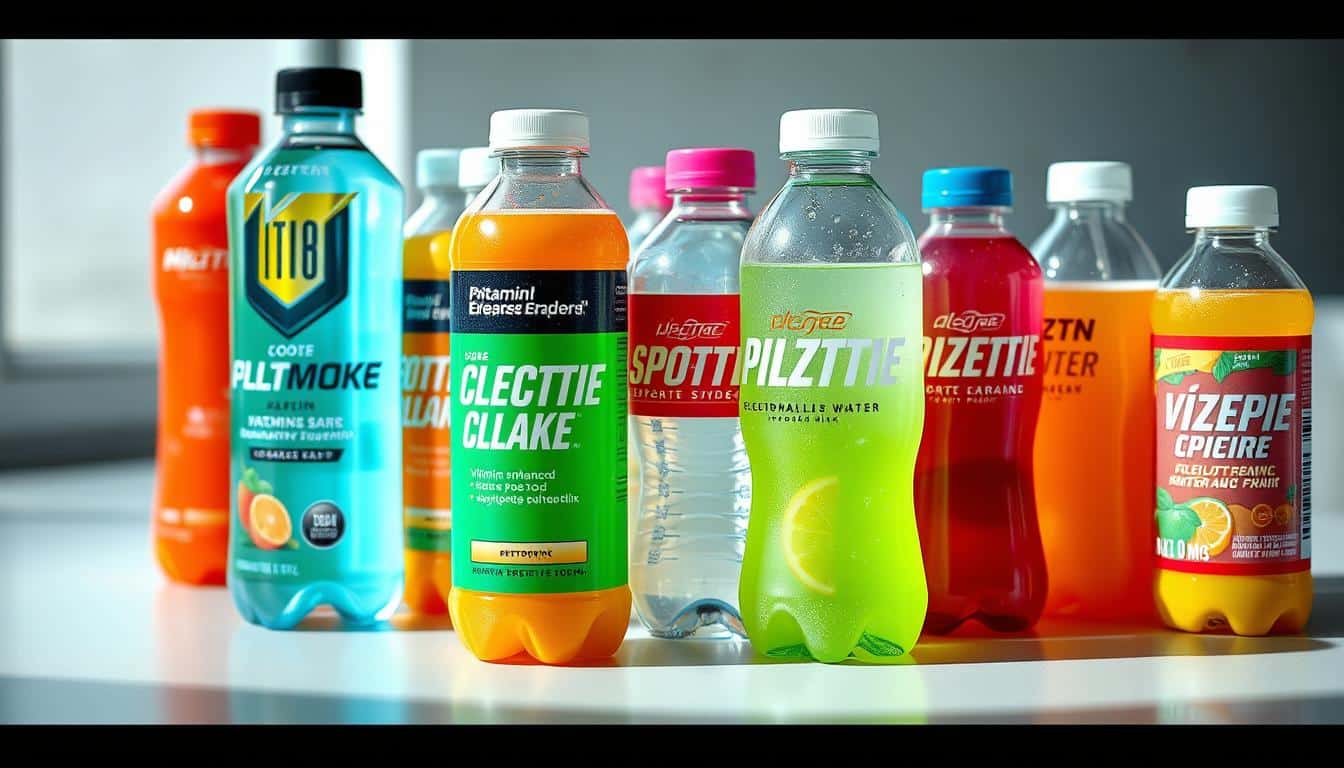
Ever wonder why some athletes bounce back faster after intense workouts? The answer often lies in their electrolyte balance. These minerals act like traffic directors, managing how your cells absorb and use fluids.
Electrolytes Explained
Sodium and potassium regulate fluid balance – they’re your body’s hydration managers. Calcium supports muscle contractions, while magnesium aids recovery. When you sweat, you lose these minerals faster than water alone can replace them.
| Electrolyte | Key Role | Food Sources | Activity Level |
|---|---|---|---|
| Sodium | Fluid retention | Pickles, nuts | High sweat sessions |
| Potassium | Muscle function | Bananas, spinach | Endurance training |
| Magnesium | Energy production | Dark chocolate, beans | Post-workout recovery |
Hydration and Performance
Drinking plain H2O during a 5K race? That works. Training for a triathlon? You’ll need mineral support. Your sweat rate determines what you lose – salty sweaters need more sodium replacement. Dehydration drops performance by 20%, but overdoing water dilutes essential minerals.
Most gym-goers get enough electrolytes from meals. Save specialized drinks for activities lasting 90+ minutes or extreme conditions. Track your sweat stains – white marks on clothes signal high salt loss needing attention.
Benefits of flavored water for athletes
Why settle for bland when your hydration can boost both performance and enjoyment? Infused options transform ordinary H2O into something your taste buds actually look forward to. Let’s explore why this approach works so well for active lifestyles.
Natural Hydration Advantages
Infused drinks solve two problems at once. They make consistent fluid intake easier while dodging the sugar traps in store-bought options. Fresh ingredients like citrus slices or mint leaves add subtle flavor without chemical aftertastes.
People training regularly often struggle to meet daily hydration goals. Adding natural tastes encourages reaching for your bottle more often. This habit becomes crucial during multi-hour sessions where dehydration sneaks up fast.
Homemade versions let you skip artificial sweeteners entirely. You decide what goes in – maybe ginger for digestion or berries for antioxidants. Commercial products can’t match this level of customization.
Think of it as hydration with perks. Citrus wedges provide vitamin C, while cucumber adds electrolytes naturally. These subtle boosts complement your nutrition plan instead of derailing it.
The best part? You’re not locked into expensive brands. A reusable bottle and seasonal produce create endless combinations. Your body gets what it needs, and your taste buds stay interested mile after mile.
Key Ingredients in Hydrating Drinks
Your drink’s formula makes or breaks its effectiveness. Two components dominate the conversation: sodium balances fluid retention, while sugars fuel energy needs. Let’s decode what matters for different activity levels.
Role of Sodium in Replenishment
Sodium does heavy lifting during intense sessions. Products range from 50mg to 1,000mg per serving—enough variation to confuse anyone. Marathoners losing salt through sweat might need 800+ mg. Casual gym users? Stick below 500mg.
- Match sodium intake to sweat patterns (salty skin stains = higher needs)
- Combine with potassium for balanced mineral absorption
- Avoid exceeding daily limits: 2,300mg for most adults
Natural Sugars and Alternative Sweeteners
Sports drinks use sugars strategically—not just for taste. 15 grams of added sugar maximizes energy without crashing. Coconut water and fruit juices offer natural options. Stevia works for calorie-conscious users but may upset sensitive stomachs.
| Sweetener Type | Pros | Cons |
|---|---|---|
| Fruit-Based | Vitamins + Minerals | Higher Calories |
| Stevia | Zero Calories | Aftertaste Issues |
| Artificial | Low Cost | Digestive Risks |
Always check labels—”organic cane sugar” beats high-fructose corn syrup. Remember: sugar helps absorb electrolytes faster than plain water during endurance events.
DIY Infused Water Recipes for Active Lifestyles
Customizing your hydration doesn’t require fancy equipment or expensive products. With fresh ingredients and a reusable bottle, you can create energizing drinks that match your taste and training needs.
Citrus Infused Water Recipe
Bright flavors cut through post-workout fatigue. Combine ½ sliced grapefruit, 1 orange, and ½ lime in a quart of cold water. Add mint leaves for freshness. Let it chill overnight—citrus peels release zesty oils that boost flavor without added sugars.
Tropical Infused Water Recipe
Swap basic fruit blends for pineapple’s natural sweetness. Layer 6-10 pineapple slices with 5 ginger rounds and 14 mint leaves. The ginger adds a spicy kick that stimulates circulation, while mint cools you down during hot sessions.
Herbal Additions for Enhanced Flavor
Rosemary or basil transform plain H2O into something special. Crush herbs lightly before adding to water—this releases essential oils. Try cucumber with dill for a crisp, garden-fresh taste that hydrates faster than plain ice water.
Pro tip: Prep large batches Sunday night. Use glass pitchers to preserve flavors longer. Citrus blends last 3 days, while herbal mixes stay fresh up to 48 hours. Your future self will thank you during busy training weeks.
Comparing Commercial Hydration Products
Choosing the right hydration product feels like navigating a minefield of flashy labels. Let’s simplify your decision with clear comparisons.
Packet vs Ready-to-Drink Options
Powdered mixes win on customization and cost. DripDrop’s 13 flavors balance taste with 7g sugar—ideal for moderate sessions. LMNT packs 1000mg sodium per packet, perfect for marathoners or sauna-like conditions.
Pre-mixed bottles offer grab-and-go ease but cost 40% more. They also generate plastic waste. Reserve these for emergencies or travel days.
Tips for Reading Ingredient Labels
Scan for sugar content first. Gatorade’s 34g per bottle suits pros but overwhelms casual users. Compare sodium levels to your sweat patterns—salty shirts mean higher needs.
Avoid products with unpronounceable additives. Short lists with real fruit extracts or natural sweeteners signal quality. Check our guide to top-rated hydration drinks for vetted picks.
Match your choice to activity length and personal goals. Weekend warriors need different formulas than competitive cyclists. Smart selection turns hydration from guesswork into strategy.
